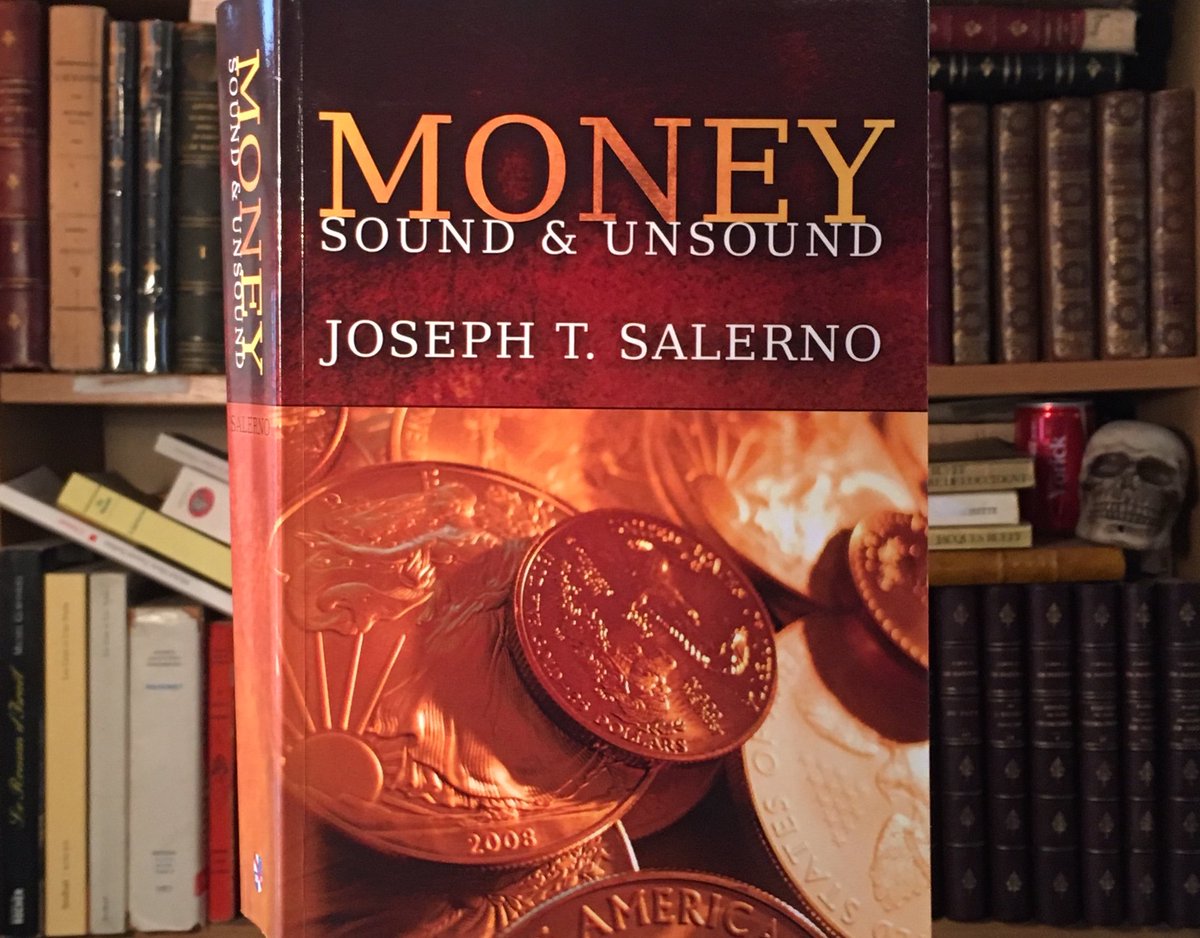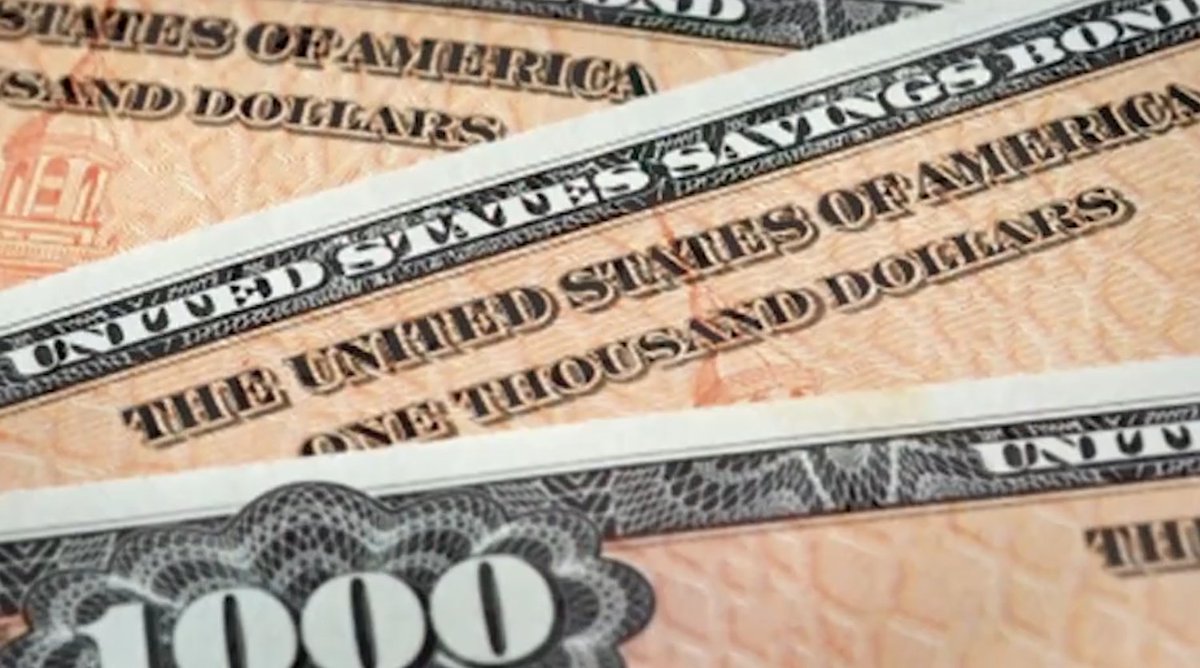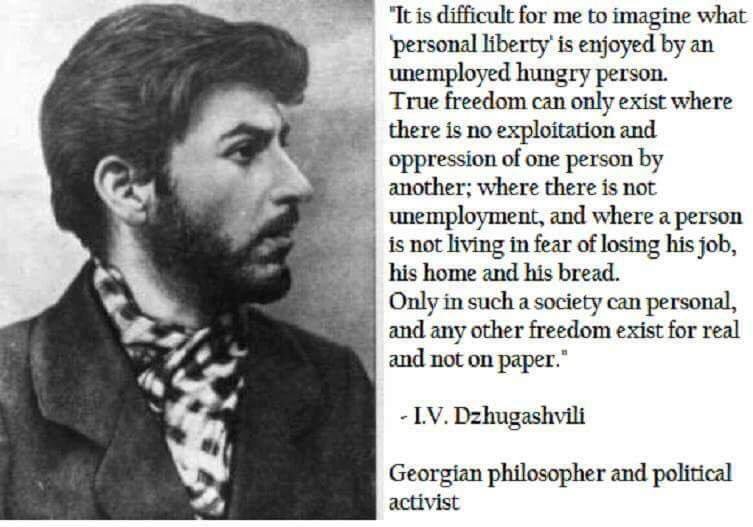Driven to ensure the different economics school can agree on.
Zim has technically introduced new money. /1
RTGS was credit money. Or if you like. Money substitute. These were balances created through credit by the RBZ mostly and banks - through fractional reserve banking .
So there was no currency/2
RBZ introduced a bond note and coin. Which they acknowledged was not money. But a credit token. A credit token which was backed 100% by Afreximbank .
The credit token was fully redeemable/3
Therefore the whole monetary system was of electronic credit tokens and paper/coin credit tokens./4
Suppose A deposits $10k hard cash. The bank keeps the $10k in its vault but gives credit to 5 people. Each with $10k “credit”. The banks balance sheet has grown to $60k- since each person will keep their “credit” as a deposit with the bank/5
Suppose there is a break in at the bank and a robber steals the $10k in the vault.
However the bank doesn’t report the theft and buy the newspapers to keep the news under wraps/6
After the robbery it has ZERO cash and total deposits of $60k.
The $60k no matter what name you give it, it’s not currency./7
1: Imagine in our bank example there is new money in the vault. It means ability to create more credits.
2:Real cash has greater velocity of transaction than electronic./9
Aug 2013 in USD
1: Cash in vaults ~ $1bn
2: Credit money ~$3.6bn
3: Total deposits ~ $3.9bn
Most of the credit money created was by pvt banks to pvt sector. Backed by the cash in the vaults. Banks could manage the risk.
RBZ did not create any money./10
1: Cash in vaults ~ $0.5bn credit tokens called bond notes/coins
2: Credit money ~ $43bn
3: Deposits ~$20bn
Credit money to pvt sector is $6bn while the rest is credit to GOZ and RBZ.
The whole system is credit money./11
RBZ/GOZ can payoff it’s debt/credit using these notes and coins.
RBZ limits the size of the notes to $5. But if this printing was harmless they would print $ZWL200 note. 1:1 with rand./11
Small notes is to reduce the impact of the velocity of money. Notes & coins have a higher velocity than credit money. Noted &coins are immediate whereas credit can be pushed to future date /12
As long as it’s credits money. Inflation is somewhat contained. Eg GOZ gives depositors TB’s that mature in 5yrs time instead of cash today. Cash today is more inflationary than cash later.
GOZ is forced to print /13
GOZ suppliers are forcing GOZ hand. Since there is too much credit money hence it loses its value/14
Suppliers have been rejecting electronic credit money and worthless TB’s as a form of payment.
Cash allows GOZ to make payments./15
Economic growth comes from savings.
The end.
1: Austrian
2: Monetarist
3: Keynesians
4: Woeful ignorance
Not sure if Twitter is the best platform to debate the nuances.











